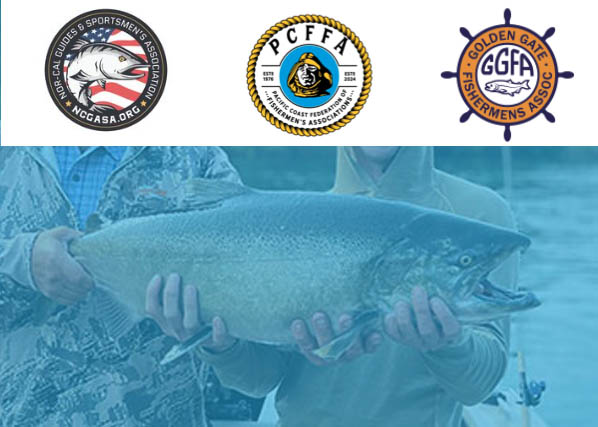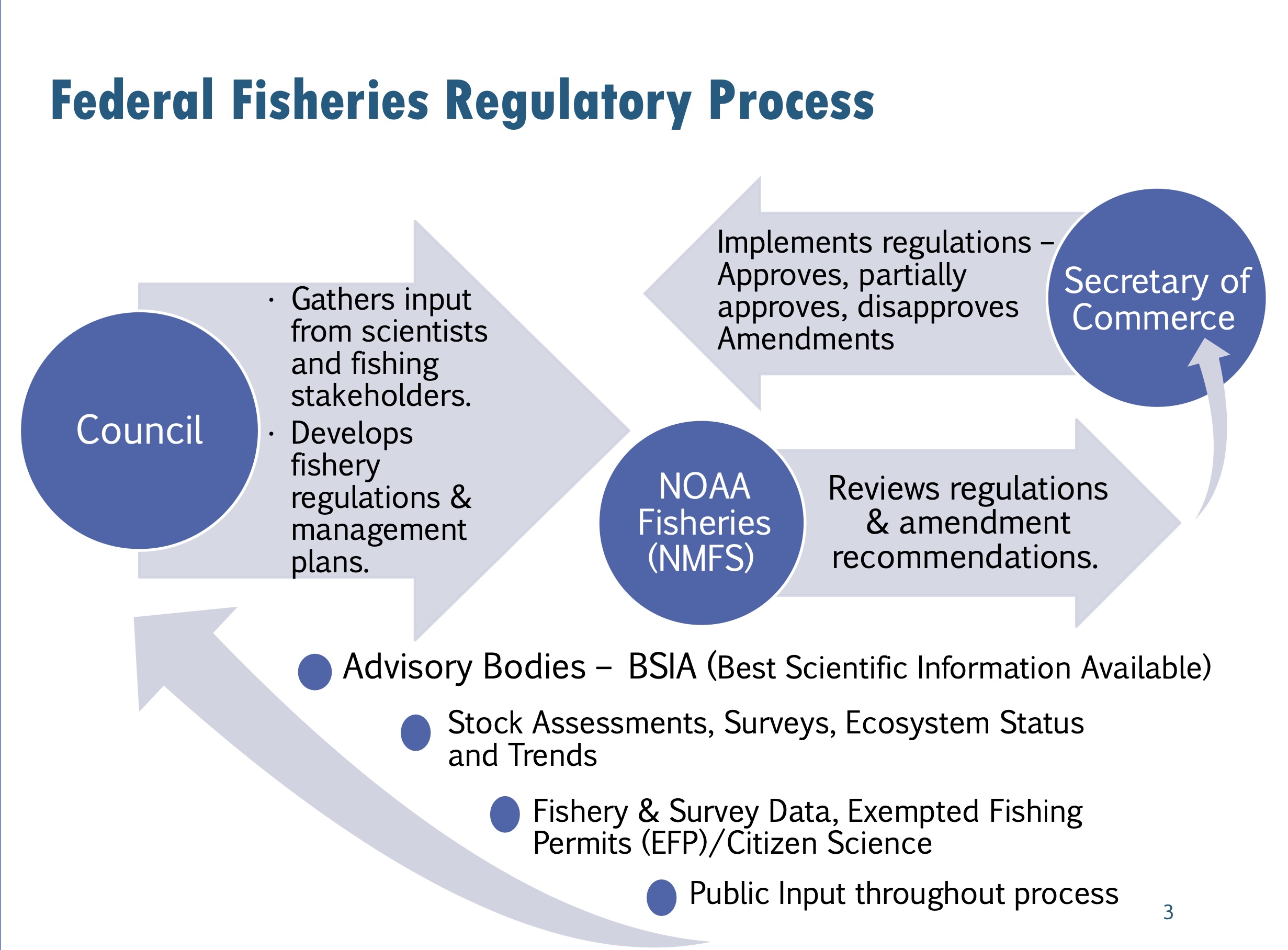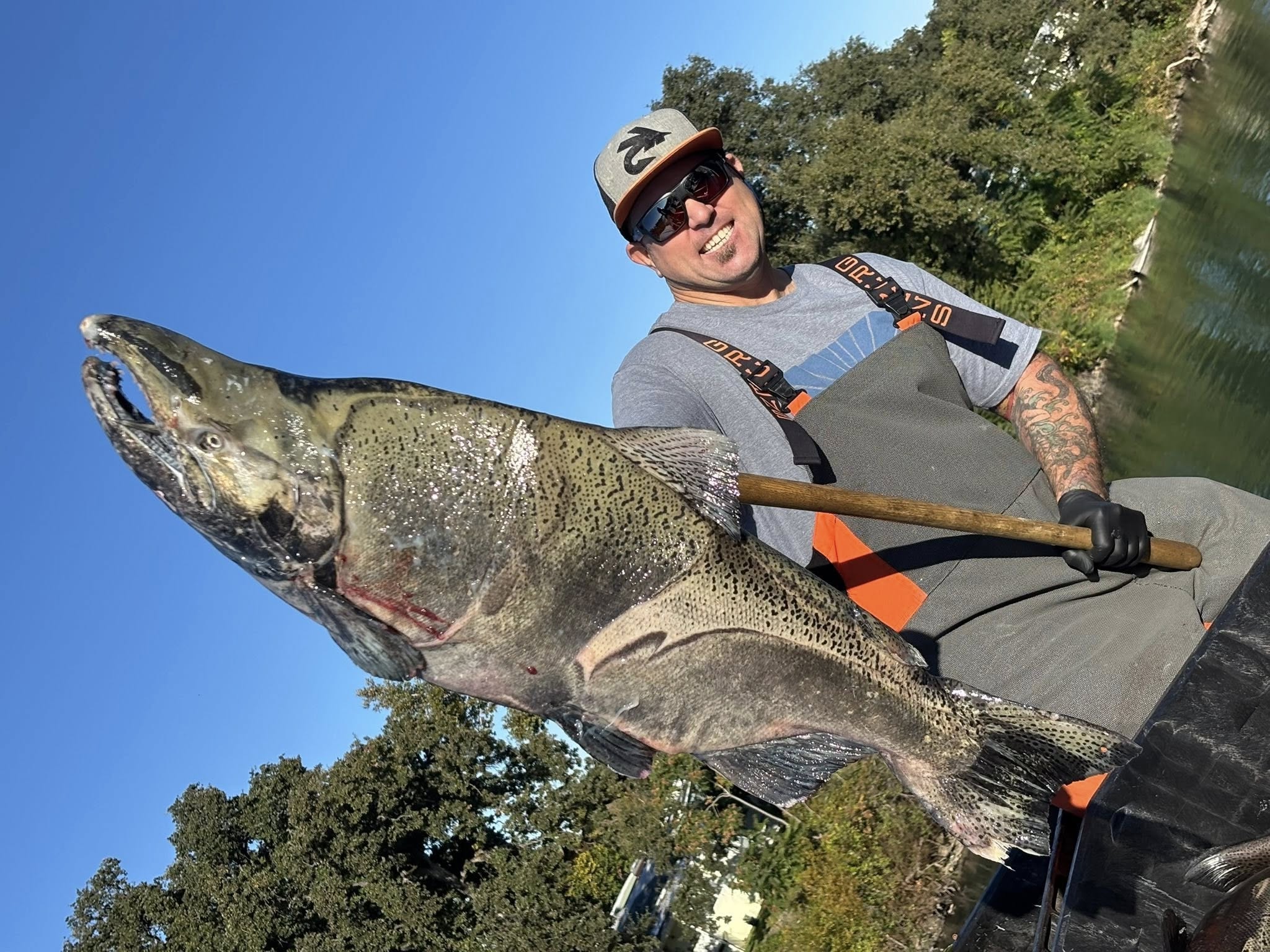Industry’s coalition letter concerning 2024 Fall-Run Chinook for Coleman Hatchery
October 23, 2024
Mr. Paul Souza
Regional Director, Pacific Southwest Region U.S. Fish and Wildlife Service
2800 Cottage Way
Sacramento, California 95825
CC: Charlotte Ambrose – NOAA Fisheries
Cathy Marcinkevage -NOAA Fisheries
Tanya Sommer- US Fish and Wildlife Service
Craig Fleming – US Fish and Wildlife Service
Jay Rowan – California Department of Fish and Wildlife
RE: Brood Year 2024 Fall-run Chinook Salmon Coleman National Fish Hatchery (CNFH)
Thank you for your continued engagement with us on the plans for the Coleman Hatchery for Brood Year 2024. We appreciate the commitment shown to addressing the critical issues facing salmon populations in the Sacramento River. As this is our third formal communication following our letters dated June 28th and July 21st, we want to acknowledge recent efforts while also emphasizing the urgency and necessity of immediate and meaningful action.
We are at a critical juncture for our salmon populations. Despite over two years of consistent participation, meetings, and collaboration, we find ourselves on the verge of a very predictable crisis that will lead to more season closures and the potential full collapse of harvestable salmon populations for the foreseeable future.
Without swift action, the anticipated collapse in 2027 will have severe consequences for the commercial and recreational fishing industries, as well as the communities that depend on them. This outcome is unacceptable and avoidable.
The United States Fish and Wildlife Service (USFWS) has confirmed that their contribution rate of 120,000 adults has failed in multiple years, with escapement failing nine out of 14 years. We believe the focus should shift to raising more fish and restarting the original program, which had a goal to raise an additional 7 million to 14 million fry. It is not enough to maintain the status quo or take minimal action to avoid the listing of Fall Run Chinook under the Endangered Species Act (ESA). All measures must be taken to increase salmon populations, resulting in greater ocean abundance, which is critical to the salmon industry, an industry that is a cornerstone of food security and wild food production for the people of California and beyond.
It is clear from current projected returns that egg take will be insufficient for production of 12 million smolts this year. Therefore, the following actions must be taken immediately:
Egg Transfer from State Hatcheries to Coleman Hatchery
CNFH must request eggs from Nimbus or Mokelumne River fish hatcheries to achieve a total production of at least 12 million smolts. As we stated previously, to avoid problems experienced in 2024 (BY2023), eggs would be requested in increments sufficient to produce groupings of approximately 450,000 smolts, such that each group of transferred eggs would maximize smolt production in a 15’ x 150’ raceway.
We understand there may be differing philosophies regarding transferring eggs between river systems, and aspirations for more genetic diversity. However, we must make decisions focused on real results and based on current realities. The reality is genetic diversity has already been lost over the past 50 years. Fall Run fish in the Sacramento, Feather, Yuba, Mokelumne, and American Rivers are all part of the same evolutionary significant unit (ESU). There is no distinguishable genetic difference between fish based on where their eggs are laid, and transferred Fall Run fish do not present risk to Spring Run beyond that of fish originating at Coleman National Fish Hatchery. We unfortunately have run out of time for philosophical battles. Considering the urgent situation, we believe this action is both scientifically justified and necessary. Inter basin and out of basin transfers have been occurring for decades among various hatcheries to provide eggs when needed to meet population goals. There is precedent for such transfers among Central Valley hatcheries, and we believe that addressing the current crisis requires leveraging this flexibility.
It may also be helpful to remember that hatcheries were created to mitigate the declining population of fall-run Chinook salmon in the Central Valley that began in the 1940s due to gold mining, dam construction, and water allocation changes. We must maximize hatchery programs to meet mitigation goals and recover populations that support the cultural and economic return of the salmon industry, both recreational and commercial.
We do appreciate efforts to truck fish when poor river conditions result in high smolt mortality. However, past experiences have shown that trucking from Coleman results in an extremely high stray rate and does not lead to adequate adult returns 3 to 4 years later.
Therefore, it is imperative that this transfer comes with a guarantee that the maximum number of transferred eggs, not less than 6 million, will be released in river at Battle Creek and downstream to Butte City to help rebound the stocks returning to the main stem of the Sacramento River in 2027. Anything less will not make enough of a difference to increase population and mitigate losses.
The success of these efforts depends on full and unwavering support from all involved agencies. It is our understanding that this project has the full support of the California Department of Wildlife (CDFW) and we appreciate that USFWS and National Marine Fisheries Service (NMFS) staff are also meeting to address this issue and determine the best path forward. In river release downstream at Butte City is the best opportunity to increase returns and rebound the cohorts that are currently most at risk.
Net Pen Project Continuation
We also have an approved net pen project underway. We foresee continued difficulties in the risk evaluation surrounding net pens, but we expect to continue with this project as agreed by all parties. As it seems that Coleman Hatchery returns are likely insufficient to support this project, it is crucial that state hatchery fish are used to fulfill this commitment this year, as was promised. The net pen project is a critical component for a long term comprehensive salmon recovery plan in the Central Valley. We are committed to ensuring this initiative succeeds and avoiding another postponement like the rice field project, which has already faced two years of delays.
We understand there may be challenges in the discussions around net pen operations and in-river releases, and while we understand these conversations may be difficult, we no longer have the luxury of time for extended debate while the salmon populations face imminent collapse. Each missed opportunity and delay intensifies the risk and assures a negative outcome that we simply can’t afford.
We remain hopeful that this year will be different, and we appreciate the recent conversations with our agency partners that show a commitment to making this happen. Our previous letters and proposals have clearly outlined the need for action and necessary steps forward. Any frustration expressed in this letter, reflects the reality of years spent advocating for solutions, investing countless hours of unpaid industry time, only to find ourselves with disastrous season closures and a forecast of more to come if progress isn’t made now. The critical measures outlined above cannot be delayed any longer, as the consequences of inaction are too severe to ignore.
We believe that with a unified, proactive approach, we can prevent the catastrophic decline projected for 2027. We deeply value your partnership in these efforts and look forward to working together to ensure that the necessary measures are implemented swiftly and effectively.
Thank you again for your time and attention.
Lisa Damrosch
Executive Director
Pacific Coast Federation
of Fishermen’s Associations








